Surrounded by a lush exterior, the four-story timber structure combines timber frame construction with solid wooden elements to optimize material use and allow for the greatest amount of open floor plans. In addition to the open office concept and sustainable construction methods, the building features an optimized and sustainable energy concept, based on a combination of high-tech and low-tech solutions.
A Lush Façade
A “green curtain” of climbing plants growing on a suspended metal frame covers the blackened wooden façade, ensuring the building blends harmoniously into its verdant forest surroundings. Composed of 17 different warm weather and evergreen species growing in big planters, this green curtain also serves as a glare shield and for shading the generous glass surfaces. On the western side, the employees can use this metal frame as balcony.
The 118 climbing plants change the appearance of the façade throughout the year and thus also adapt to seasonal thermal insulation needs. The microclimate created by this green buffer zone reduces the energy required for cooling the building. For the facade, a traditional Japanese method of wood preservation was used, known as yakisugi. Slightly charred and thus carbonized, the façade is both waterproof and durable without the need for further painting, while also protecting against insects.
The basement and the building core are made of reinforced concrete. Wood was also used for the mullion-transom-façade, the windows, floors and acoustic panels. Rainwater from the roof is collected in an underground cistern and feeds the automatic irrigation system for the plants on the façade and the garden. Together with the 1,215 new plants in the open space consisting of 73 local species, the green façade also contributes to local biodiversity, ensuring that the building is a good neighbor to its human and other-than-human communities.
Green Interior Solutions
The open-plan office is designed for ASI Reisen’s 65 employees but can be flexibly adapted to future needs if required. Gallery spaces create a large, open and flexible office space, including a variety of individual workplaces as well as communal areas. Generous glass surfaces offer panoramic views of the surrounding mountains and forests, and a large staircase and a double-height foyer create a welcoming space for visitors. Affectionately called Base Camp, the lobby is a point of entry where the history of the company is presented on large wall panels.
The bright and welcoming atmosphere of the building interior is emphasized by the use of light timber as the main material choice. Employee comfort is prioritized through the inclusion of communal spaces such as meeting niches and rooms, a relaxation room, a cafeteria, showers and changing rooms. Shelves abundant with plants provide a visually pleasing subdivision of the different working zones and offer storage space as well as informal workspaces for reading and writing. A bridge connects the new building with an existing building which includes meeting and relaxation rooms.
An Optimized Energy Concept
To achieve optimal results, the energy concept was tested and adapted using a thermal-dynamic building simulation. A reversible air-water heat pump system (40 kW) heats and cools the building via underfloor heating or cooling. Sensors measuring room temperature, humidity, CO2 and wind, control the natural ventilation using thermal lift and wind pressure conditions to circulate fresh air through the building. The constantly monitored room climate then regulates how wide and how long the ventilation flaps are open.
The roof is covered with PV panels, and the electricity generated partly covers the power consumption of the building. By offering solutions that will enable the long-term low environmental footprint of the office space, this flexible and open office space over several floors constitutes a healthy and enjoyable working environment for its users. The building is tailor-made for the needs of ASI Reisen and reflects the values of the company in an intuitive and generous way. Source by Snøhetta.
- Location: Natters near Innsbruck, Tirol, Austria
- Architect: Snøhetta
- Structural engineers: Tragwerkspartner, Innsbruck
- HVAC, building simulation: Alpsolar Klimadesign; Innsbruck
- Client: ASI Reisen
- Site area: 2.027 m2
- Built-up area: 347 m2
- Completed: 2019
- Photographs: Christian Flatscher, Courtesy of Snøhetta

Photo © Christian Flatscher 
Photo © Christian Flatscher 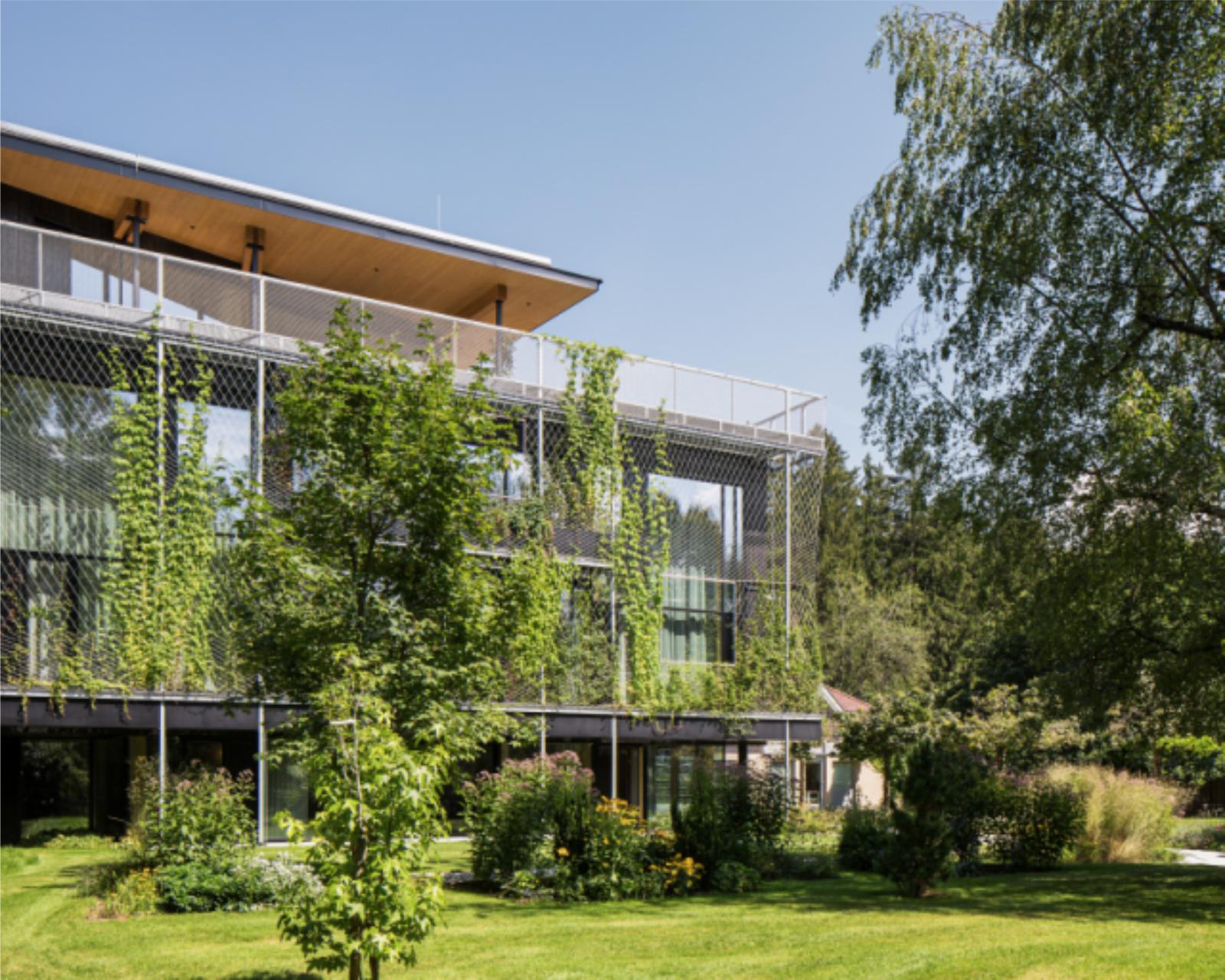
Photo © Christian Flatscher 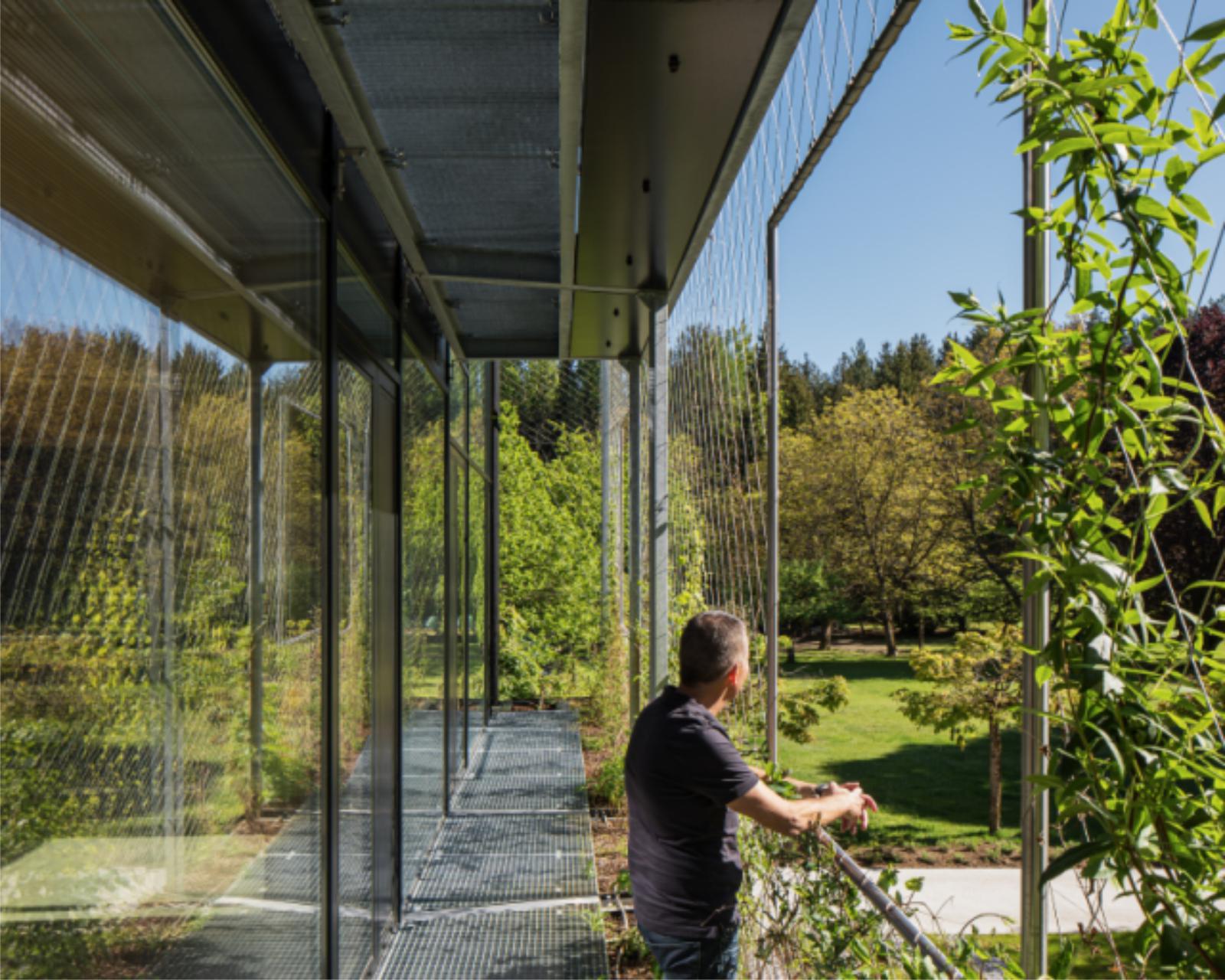
Photo © Christian Flatscher 
Photo © Christian Flatscher 
Photo © Christian Flatscher 
Photo © Christian Flatscher 
Photo © Christian Flatscher 
Photo © Christian Flatscher 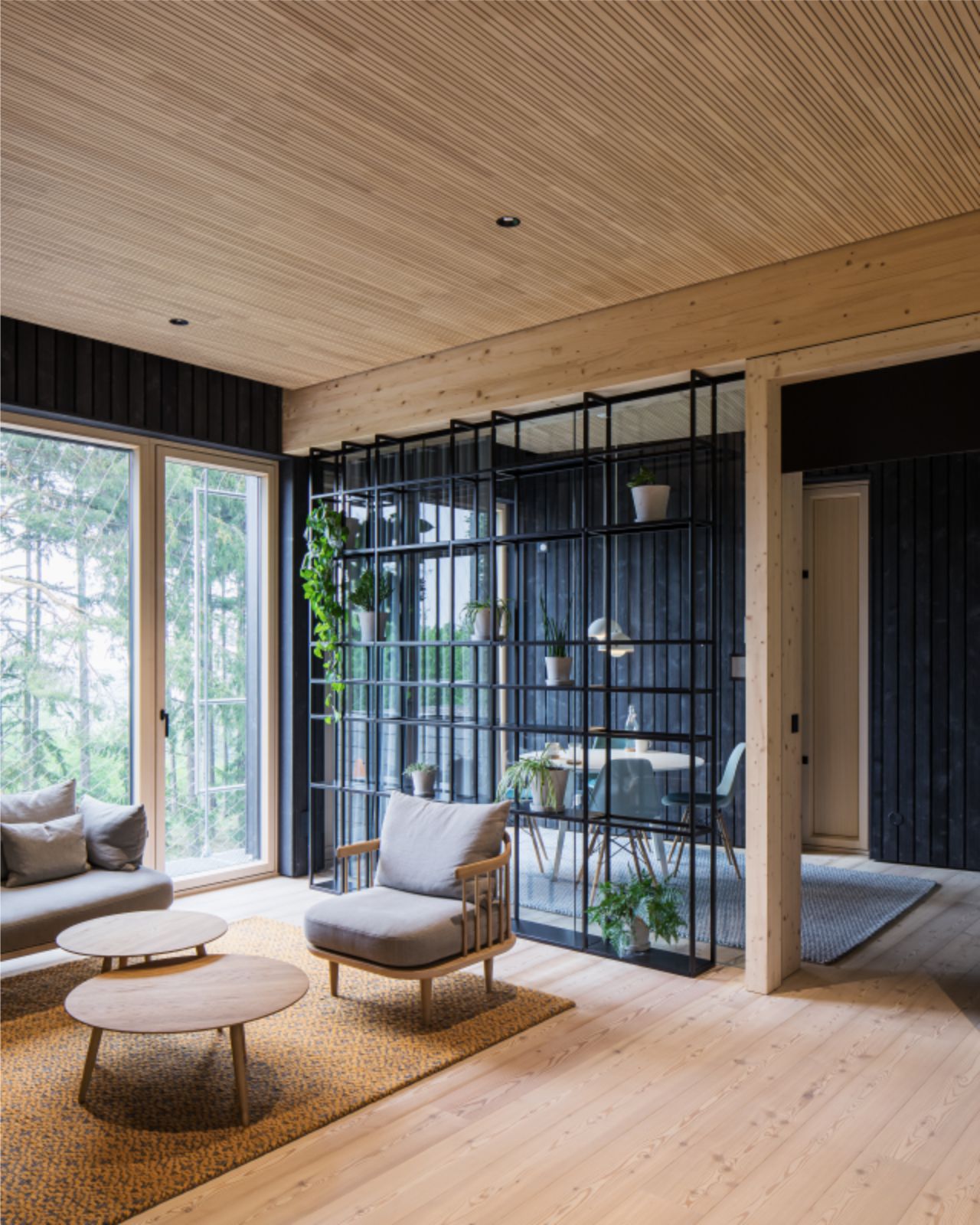
Photo © Christian Flatscher 
Photo © Christian Flatscher 
Photo © Christian Flatscher 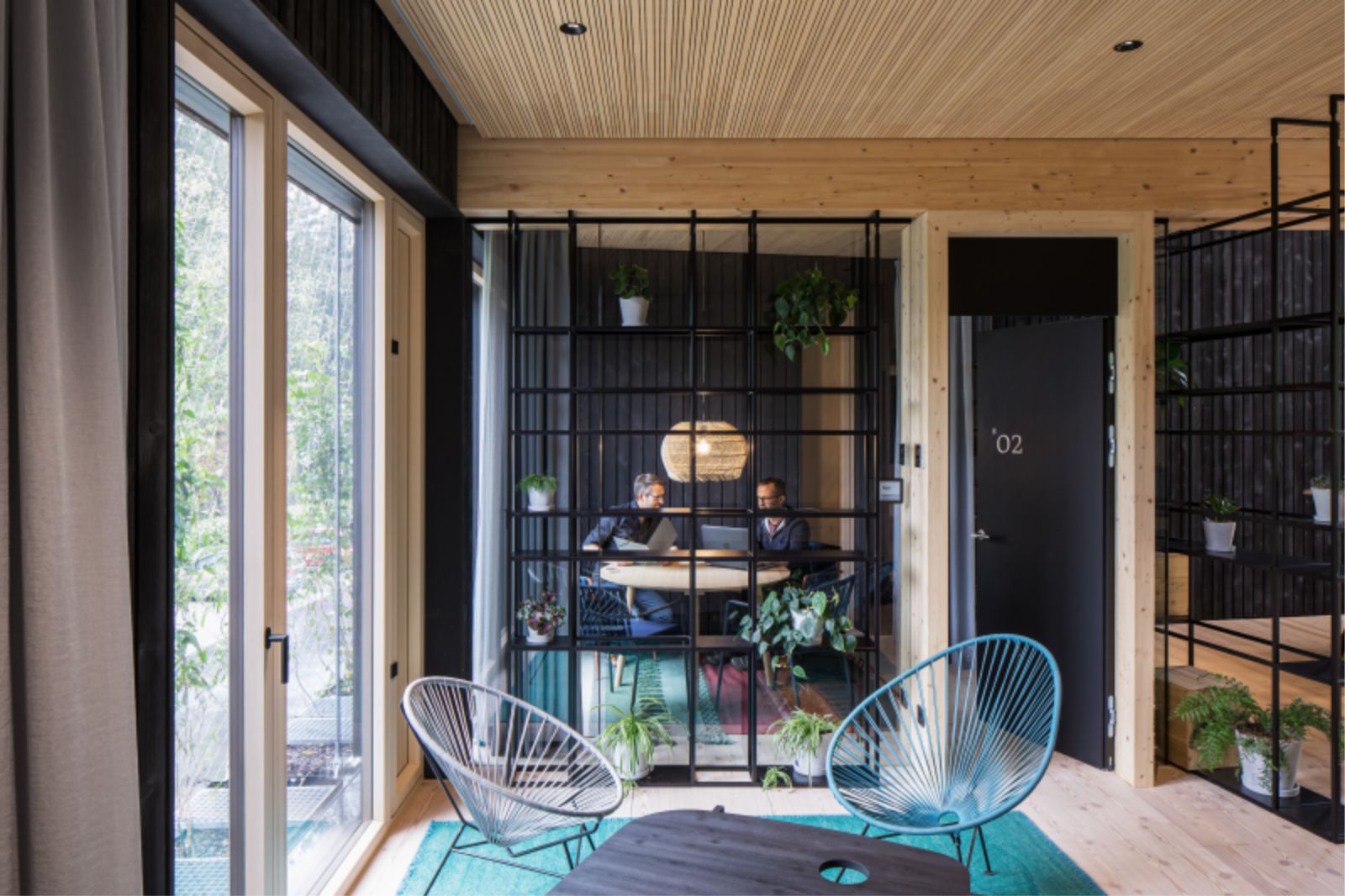
Photo © Christian Flatscher 
Photo © Christian Flatscher 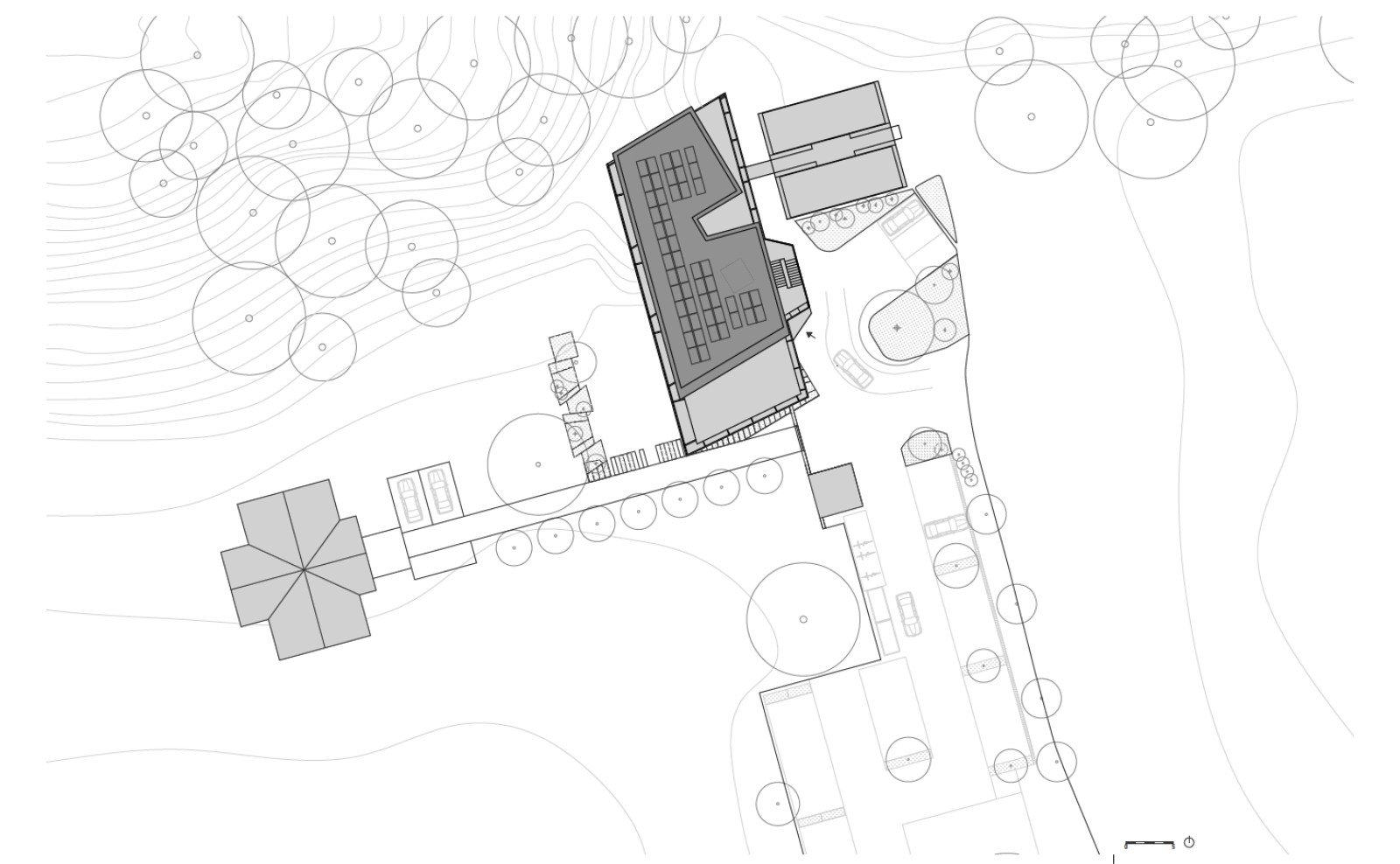
Site Plan 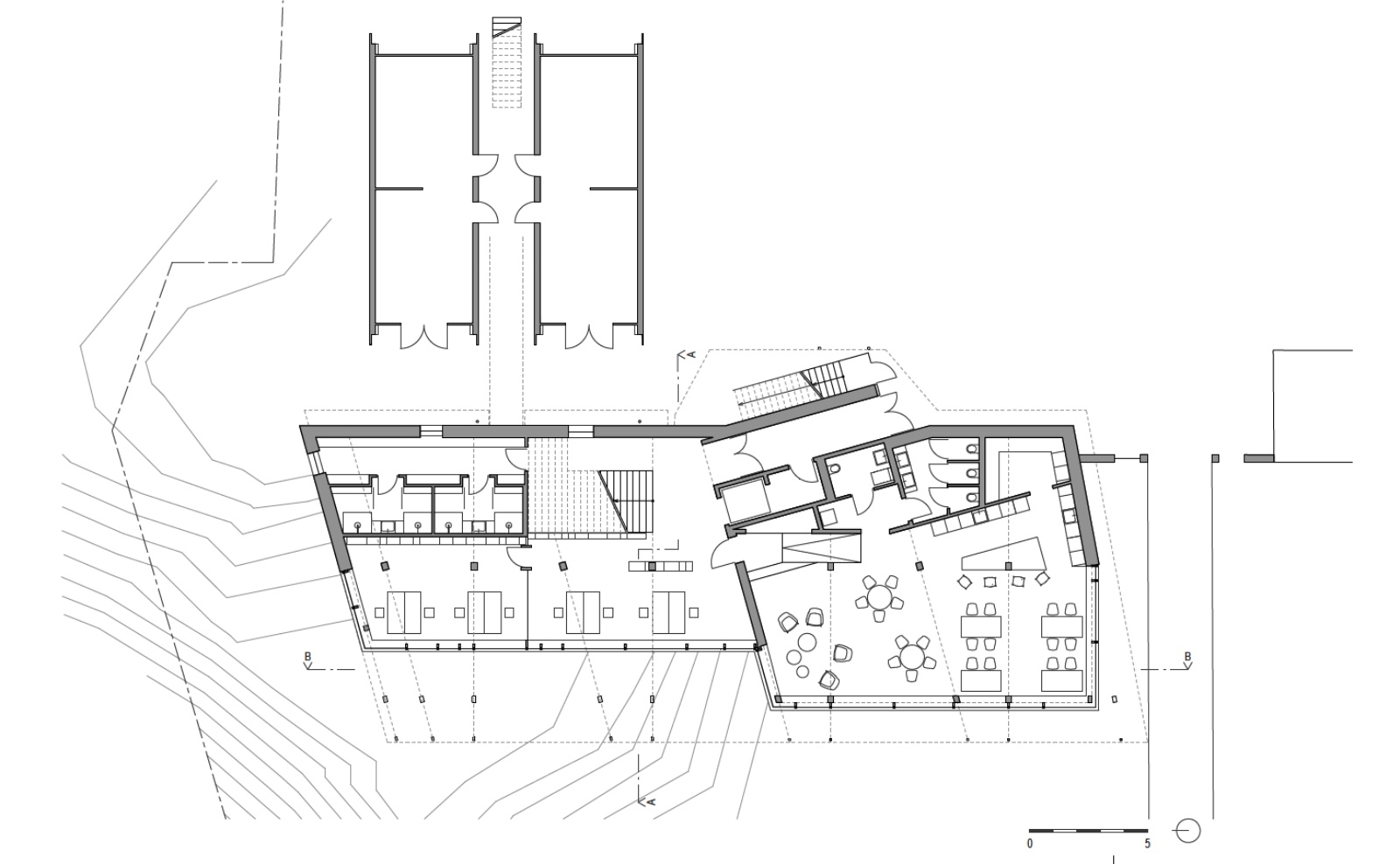
Ground Floor Plan 
First Floor Plan 
Section

